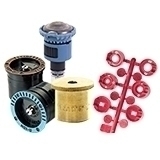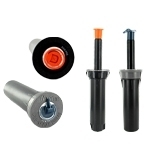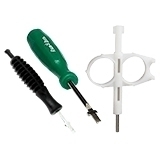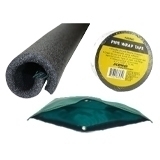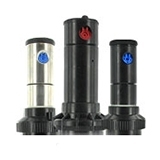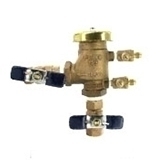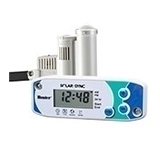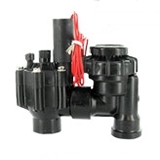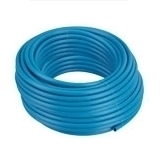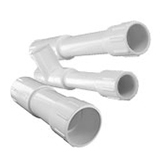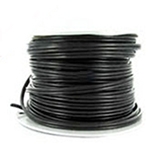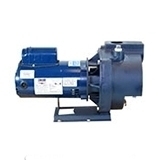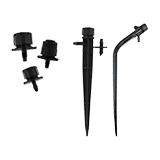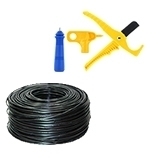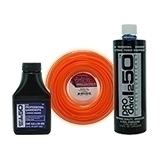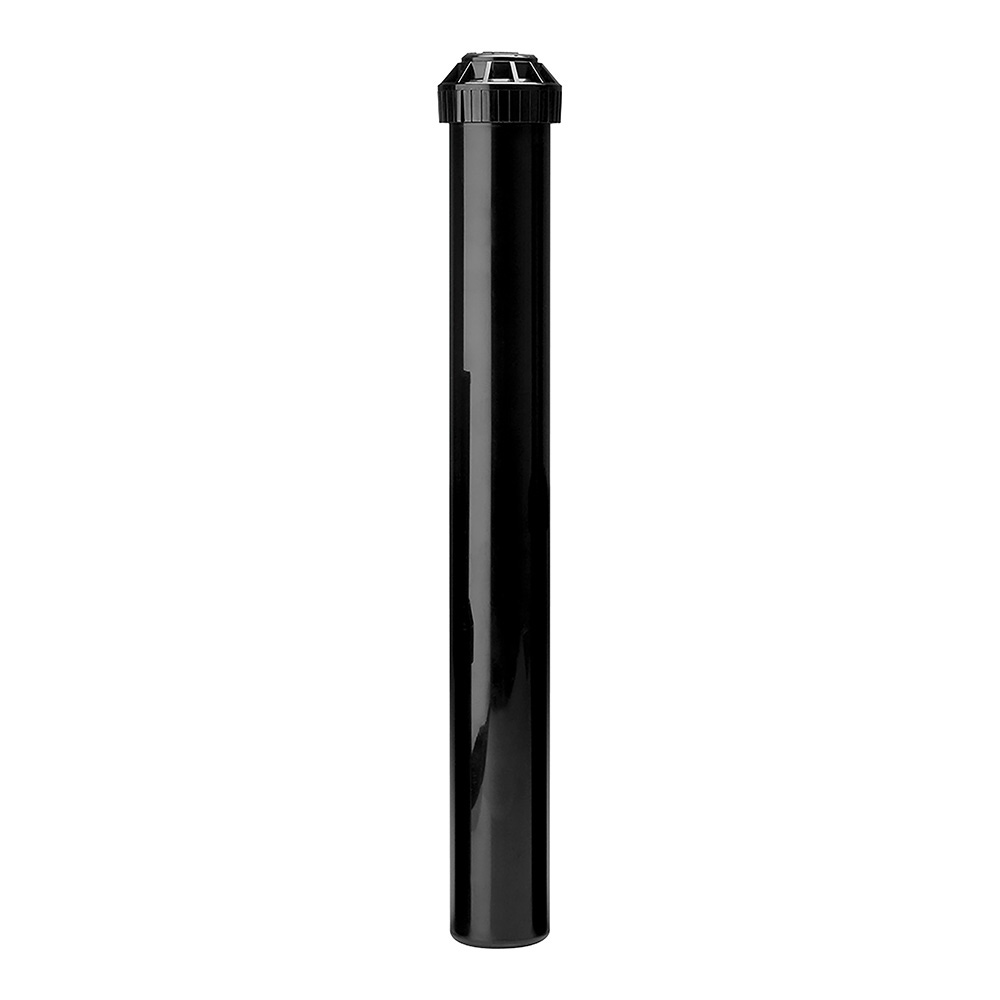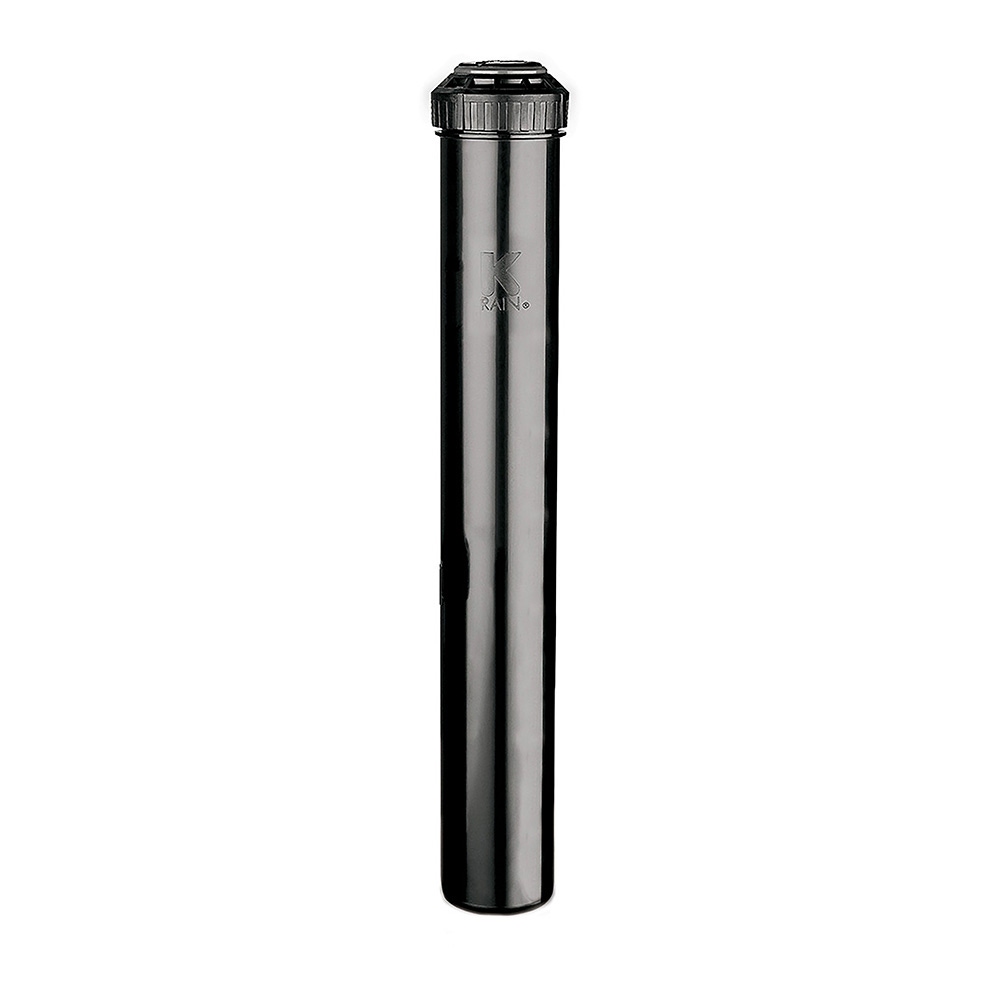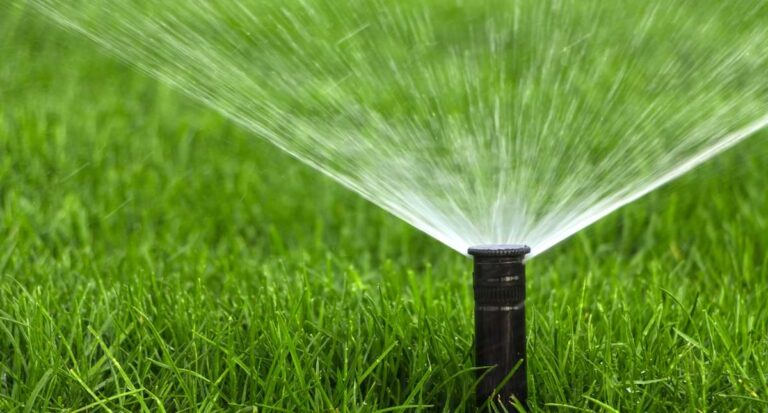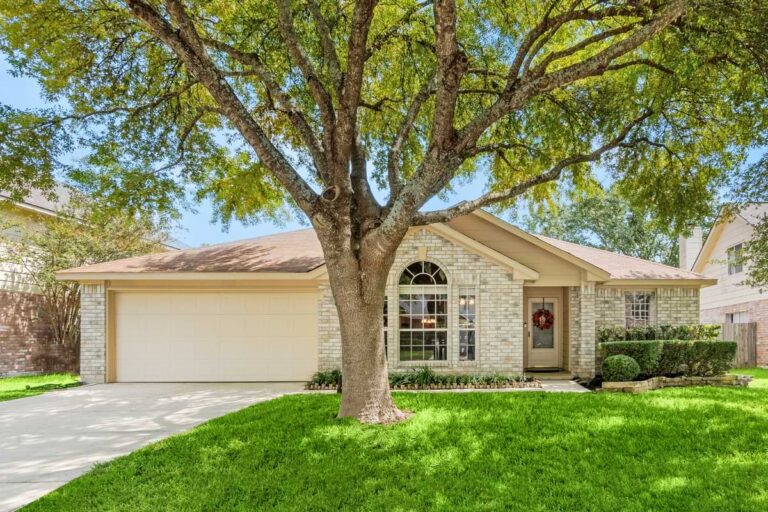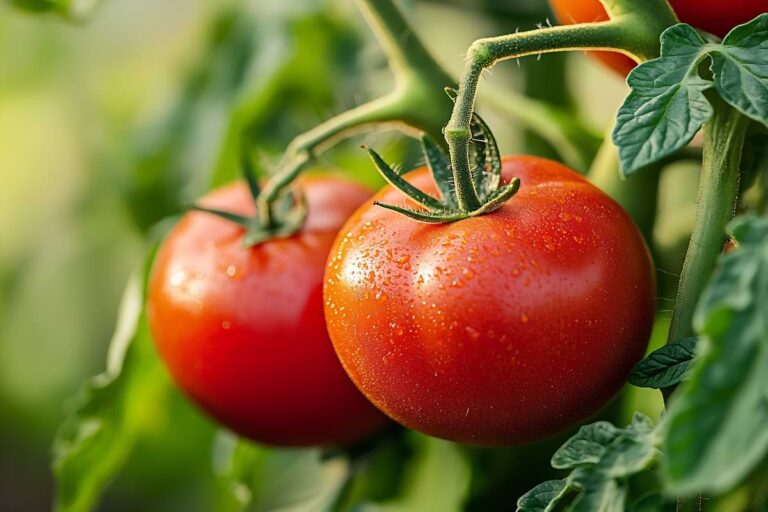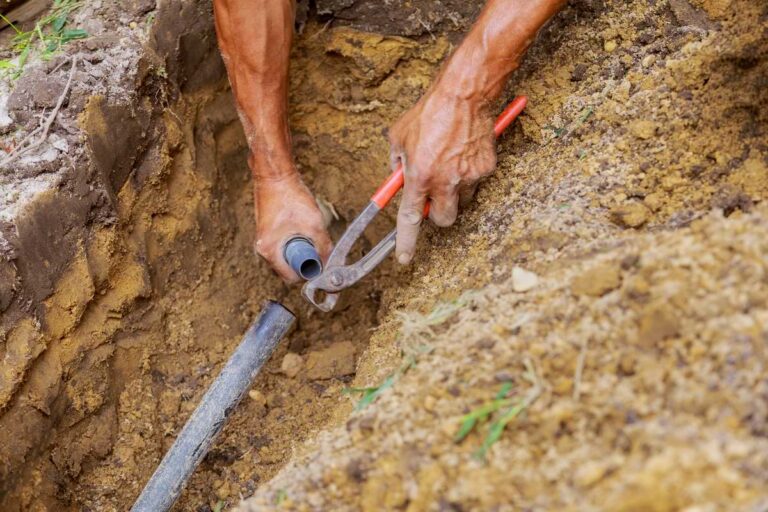Table of Contents
Starting a garden can be exciting, but knowing where to begin is key to success. Whether you’re planning your layout, building a raised garden bed, or learning how to care for tomato plants and bush beans, the right approach makes all the difference.
This guide covers essential gardening tips, from choosing the best setup to maintaining healthy plants, so you can grow with confidence—no matter your experience level.
Garden Planning: Set the Foundation for Success
Before you plant a single seed, you need a solid plan. Garden planning ensures that you maximize space, choose the right plants for your climate, and set yourself up for a thriving garden.
- Climate & Soil Research: Research your local climate and soil type.
- Plant Selection: Decide on a mix of vegetables, flowers, or trees based on your needs.
- Time Commitment: Determine how much time you can realistically dedicate to gardening.
- Local Expertise: Connect with experienced gardeners in your area for advice.
How to Plan a Garden: Layout & Design Tips
A well-thought-out garden layout can make all the difference between a flourishing garden and a frustrating one. Whether you’re working with a sprawling backyard or a small patio space, strategic planning will help you maximize your yields, minimize maintenance, and create a visually appealing outdoor retreat. Keep these factors in mind:
- Sunlight & Drainage: Choose a location with adequate sunlight and good drainage.
- Companion Planting: Use companion planting techniques (planting different plants together) to maximize yields.
- Irrigation Planning: Plan for irrigation—drip irrigation systems can save time and water.
- Garden Pathways: Create pathways (garden ways) for easy access and maintenance.
- Seasonal Tracking: Keep notes on what works for future seasons.
How to Build a Raised Garden Bed: Step-by-Step
Raised garden beds provide better control over soil quality, drainage, and weed management, making them an excellent choice for beginners and seasoned gardeners alike. With the right materials and a little effort, you can create a productive garden space that lasts for years. Here’s how to get it done:
- Site Selection: Choose a location with at least 6 hours of sunlight.
- Material Choices: Select materials (wood, metal, or composite).
- Frame Construction: Construct the frame—typical height is 12–18 inches.
- Soil & Compost: Fill with nutrient-rich soil and compost.
- Moisture Control: Add mulch on top to retain moisture and suppress weeds.
How to Make a Raised Garden Bed: Alternative Methods
If building a traditional raised bed isn’t an option, there are creative alternatives that achieve similar benefits. From repurposing materials to using organic matter for natural decomposition, these methods can help you create a thriving garden without extensive construction. Consider these alternatives:
- Hugelkultur Beds: Use logs and organic material for a no-dig approach.
- Container Gardening: Perfect for small spaces and patios.
- Straw Bale Gardening: Ideal for temporary raised beds without building materials.
Beginner Gardening Tips: Avoid Common Pitfalls
New gardeners often face challenges like poor soil, overwatering, or plant overcrowding. Starting with simple techniques and learning from experience will set you up for long-term gardening success. These beginner-friendly tips will help you avoid common mistakes and build confidence in your gardening skills:
- Start small—try container plants before committing to a large garden.
- Water deeply but less frequently to encourage strong root growth.
- Invest in quality tools like a spade, garden fork, and hoe.
- Use organic compost to nourish your plants naturally.
- Be patient—gardening is a learning experience!
Gardening Advice for Beginners: Troubleshooting & Maintenance
Even with the best planning, gardens can encounter problems. Pests, poor soil conditions, and watering mistakes can all affect plant health. Learning how to troubleshoot these common issues will keep your garden thriving throughout the seasonsL
- Pest Control: Use natural deterrents like neem oil or companion planting.
- Soil Health: Test soil pH and amend with compost as needed.
- Watering Issues: Avoid overwatering by using a drip irrigation system.
- Crop Rotation: Prevent soil depletion by rotating plant families each season.
Caring for Tomato Plants: Get the Best Harvest
Tomatoes are one of the most rewarding crops to grow, but they require careful attention. From proper support structures to pest control, these key practices will help you get the juiciest, most flavorful tomatoes from your plants:
- Support Structures: Use stakes or cages to support growth.
- Consistent Watering: Water consistently—too much or too little causes splitting.
- Pruning: Prune lower leaves to improve air circulation.
- Feeding Routine: Feed with compost or organic fertilizer every few weeks.
- Pest Management: Watch for pests like aphids and treat promptly.
Bush Bean Growing: A Beginner-Friendly Crop
Bush beans are an easy, fast-growing vegetable that provides a generous harvest with minimal effort. Whether you’re growing them in a traditional garden or a raised bed, following these simple steps will ensure a productive season:
- Seed Planting: “Direct sow” seeds (plant them in the ground) in well-drained soil after the last frost.
- Spacing: Plant in rows with 6 inches of space between plants.
- Moisture Control: Keep soil evenly moist but avoid overwatering.
- Harvesting: Harvest regularly to encourage continued production.
Crop Rotation: Rotate crops yearly to maintain soil health.
Garden Ways: Pathways and Access Points
A great garden isn’t just about the plants—it’s also about how you move through and maintain your space. Well-designed pathways improve accessibility, reduce soil compaction, and add structure to your garden. Here’s how to create functional and attractive garden ways:
- Path Materials: Use gravel, mulch, or stepping stones for paths.
- Work Zones: Designate work zones for easy maintenance.
- Spacing & Layout: Ensure proper spacing to prevent overcrowding.
- Vertical Gardening: Consider raised beds or trellises to optimize space.
Garden Planning for an Outdoor Space You Love
Gardening is a journey, not a destination. Whether you’re planning your first raised bed or mastering tomato care, every season brings new opportunities to learn and grow.
With a little patience and planning, you’ll be well on your way to enjoying fresh vegetables, vibrant flowers, and the satisfaction of a well-tended garden.
FAQs for Garden Planning
How do I plan my garden layout?
Start by assessing your space, sunlight exposure, and soil quality. Group plants with similar water and light needs together, and use companion planting to maximize growth. Leave room for pathways to make maintenance easier, and plan for irrigation to keep your plants healthy with minimal effort.
What is the most common mistake of first-time gardeners?
Overplanting is one of the biggest mistakes—beginners often plant too much, too close together, leading to overcrowding and poor air circulation. This makes plants more susceptible to disease and reduces yields. Start small, follow spacing guidelines, and expand as you gain experience.
What is the gardening 3-year rule?
The 3-year rule refers to crop rotation—avoid planting the same type of crop in the same spot for three consecutive years. Rotating crops helps prevent soil depletion, disrupts pest cycles, and improves overall plant health, keeping your garden productive year after year.
If you want to stay up-to-date on the latest sprinkler warehouse news and make the most out of all of our one-of-a-kind promotions, join the IrriGator community today. Happy watering, IrriGators!


